
Inside today’s racecar, one thing is certain: You’re going to find more than a couple of rod ends or spherical bearings. Rod ends were actually developed in WW2 by the German aircraft manufacturer Messerschmitt. Early in the war, a Bf109E fighter plane was shot down and examined closely by the British Air Ministry. What they found, buried deep inside the flight control system, was something new: a rod end bearing. It was a very simple yet clever design. The Air Ministry asked a company that went by the name of Rose Brothers to copy it. That bearing became the “rose joint” in Britain. A similar path was taken by the US Army Air Force. The concept was given to the HG Heim company and they came up with the “heim joint”. Eventually “rose joints” or “heim joints” worked their way into racecars, and today, instead of being a novelty, they’re a viral component. Unfortunately the good rod ends and the bad ones are available today all pretty much look the same. Factor in the abuse they take in a race car and you can see they need a huge amount of consideration.
So what’s the big deal then? In a typical race car, rod ends are regularly used in places where they have to absorb considerable loads. Basically, it comes down to the strength of the rod end versus the demands of the load. Should a rod end break, you can appreciate the trouble this can cause. Given the situation, each and every rod end tends to become a critical component. And yes, plenty of rod ends used in motorsports are high-end aerospace quality pieces. But troubling is the fact that there are also plenty of aspirants out there. Those copy-cats turn out to be scrap quality. And that scrap quality can quickly turn a very nice racecar into junk.
The Basics Of Rod End Construction…
So what makes up a rod end? Basically, a rod end consists of a spherical ball engineered to rotate inside a housing. This ball does the bearing “work” while the housing wrapped around becomes the race. The rod end ball has a machined flat on each side, and it is bored with a hole right through the center. That of course, is the basics of rod end construction, but as you might expect, there’s quite a bit more to the equation: When scouring the marketplace for rod ends, you’ll regularly find “economy” or “commercial” examples. While there are a number of different economy rod ends available the only type you should even think are the fully “swaged”, two-piece examples. When these rod ends are manufactured, the body is swaged around the ball so that the race the ball rides on is actually part of the body. When it comes to cheaper rod ends, you’ll find that two-piece swaged construction rod ends are the only examples that can provide good axial strength along with decent radial or pull strength. What’s “axial strength”? It’s the resistance of the ball being pushed out of the side of the body.
Top of the line racecar rod ends are manufactured in a precision three-piece format. In these cases, the race is formed around the ball. Next, the race insert is staked into the body. What makes this so vital? That’s easy: This manufacturing process provides for a much closer fit as well as a much higher degree of precision between the ball and the race. Essentially, the three-piece design is what is commonly called an “aircraft” rod end. Because three different pieces are used in the manufacture, the rod end can be built with different materials. For example, races can be built of mild, alloy, or stainless steel (don’t bother with brass or aluminum bronze races – they don’t have the strength necessary for any race application). Similarly, the rod end body can be manufactured from mild steel, alloy steel, stainless steel, aluminum, as well as titanium.
More Material Types…
When it comes to materials, the ball of the rod end are subjected to the highest loads. Due to this fact, rod end balls mandate the greatest hardness and as expected, mandate the greatest ultimate strength. Some cheap commercial rod end balls are actually built from bronze or sintered steel materials. From a strength point of view, these sintered steel or bronze rod end ball ins’t exactly appropriate for a racecar application. FYI, sintering is the process of compacting and forming a solid object by way of heat and/or pressure, but just before the point where it becomes liquefied. But there’s a catch: Certain modern sintered steels are now fully capable of handling the job. Sintered steel is now used in high stress automotive applications such as connecting rods. Given an appropriate heat treat, sintered steels can be made to work in a medium duty rod end ball applications. Back to high-end rod ends: Here the rod end balls are most often heat-treated steel balls (most often chrome moly steel, stainless steel along with 52100 bearing steel). So that they remain round, the balls must be tremendously hard (it is common for the rod balls to be chrome plated in order to provide a smooth bearing surface).
Given the heat treat along with overall hardness of the ball, the race must also be hard, but it can’t he as hard as the ball. It is common to find three-piece rod ends manufactured with a race built from through-hardened steel alloy or a stainless steel. In either case the outer race is heat treated for strength and wear resistance.
Is there such a thing as a less expensive rod end? Certainly, but as you’ll see there are limits. Economy rod ends are usually built with bodies manufactured from low carbon grades of mild steel. It is not possible to harden this material. While this less costly material works reasonably well under lightly loaded applications, a rod end body built from chrome moly or teat-treated stainless steel is definitely far superior in racing applications. When the manufacturer builds the rod end body from chrome moly or stainless steel, this allows the physical size of the rod end to be reduced. The reason for this is obviously because the material is stronger. You’ll also find rod ends with bodies built from 7075-T6 aluminum. 7075-T6 aluminum is a beefy grade of aluminum and when compared to mild steel, it actually has a tensile strength that is slightly greater. But when carefully analyzed, aluminum is not as forgiving as mild steel. It will not stretch or bend as much before breaking. Compare the strength of an aluminum rod end with a heat-treated chrome moly or stainless component, and you’ll find the steel jobs have almost double the strength.
When it comes to materials of a rod end, shop carefully. Unless you have a very good handle on the limitations of aluminum rod ends, and you’re absolutely certain with regards to the loads encountered, use high quality heat-treated steel examples. The safety margin is much greater.
Next issue we’ll dig deeper into the world of racecar rod ends. There’s a bunch of things to consider. Watch for it.
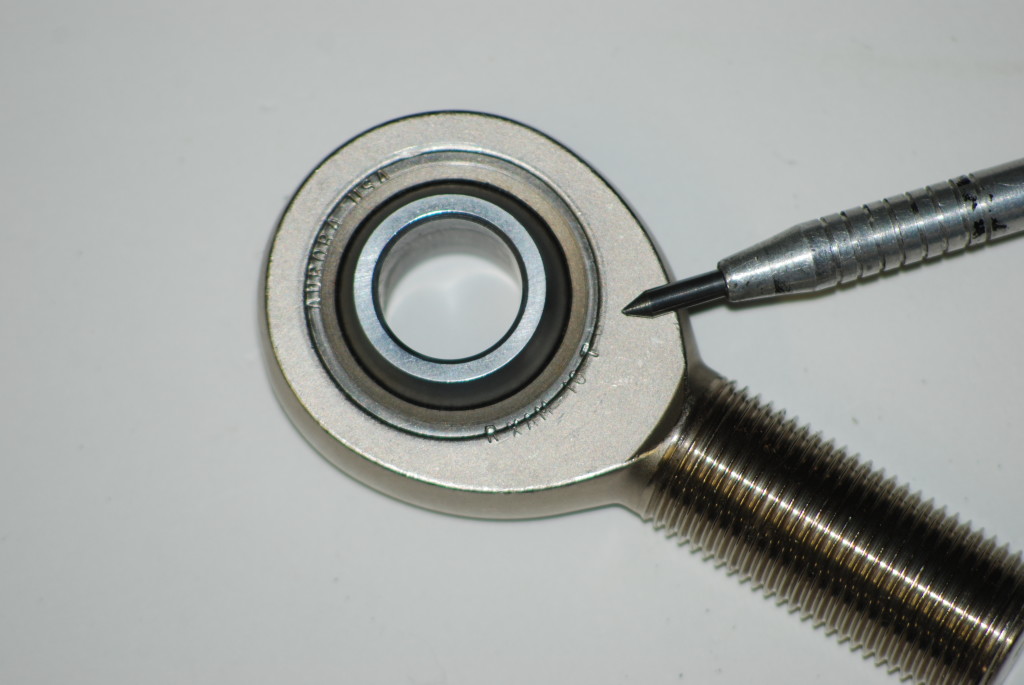
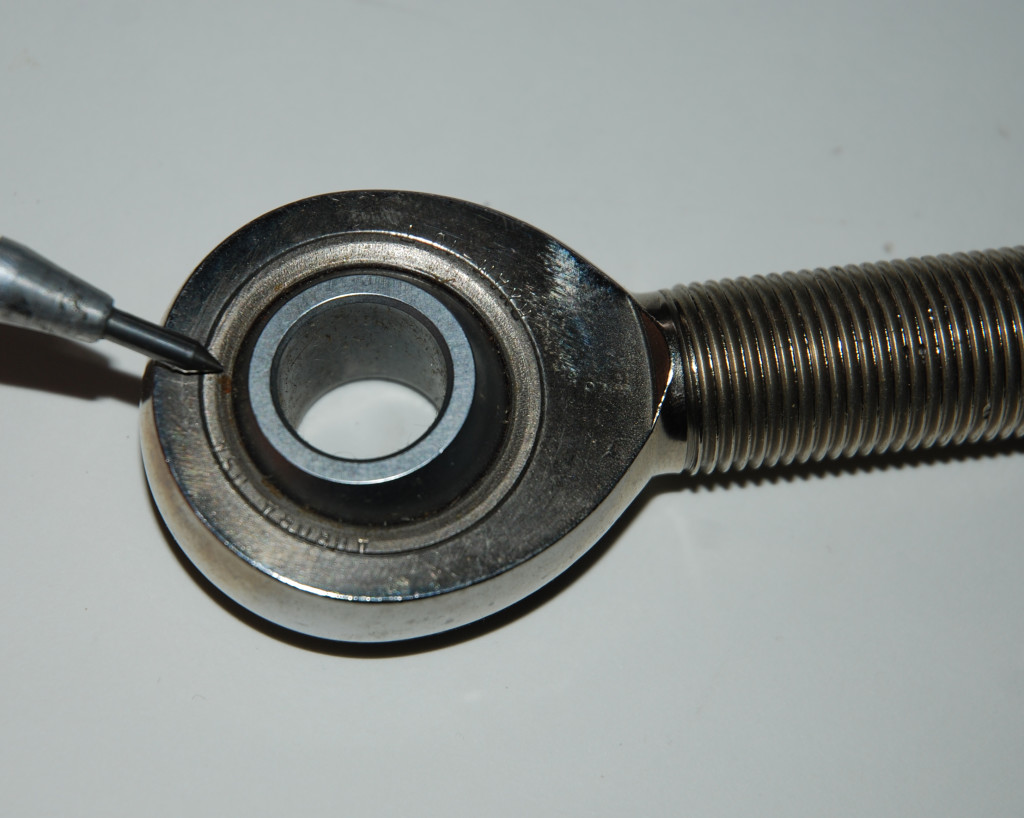
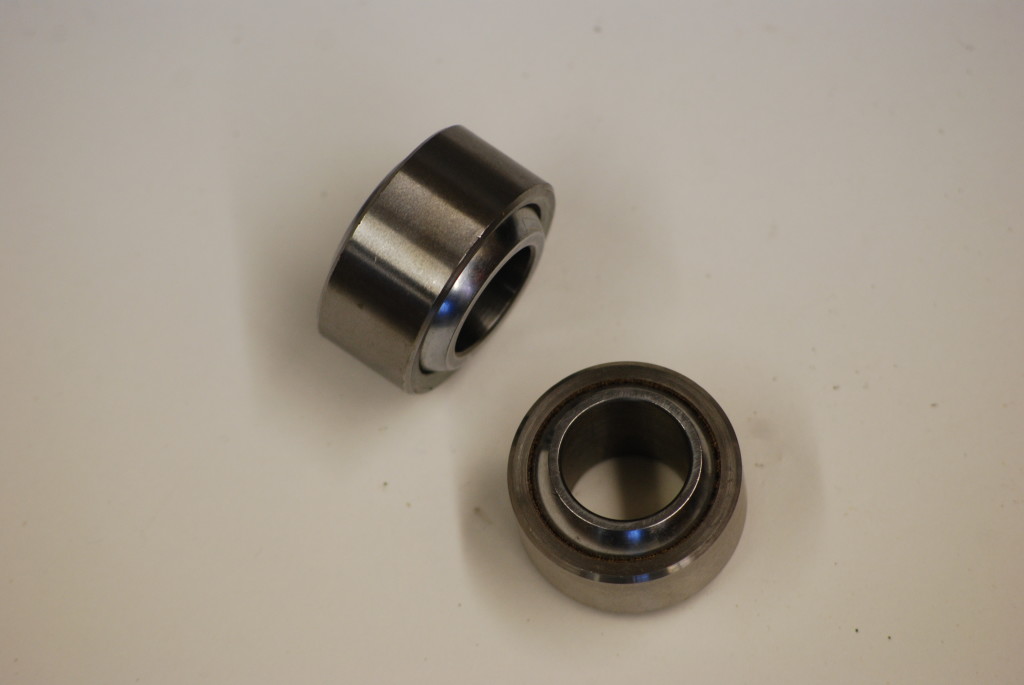
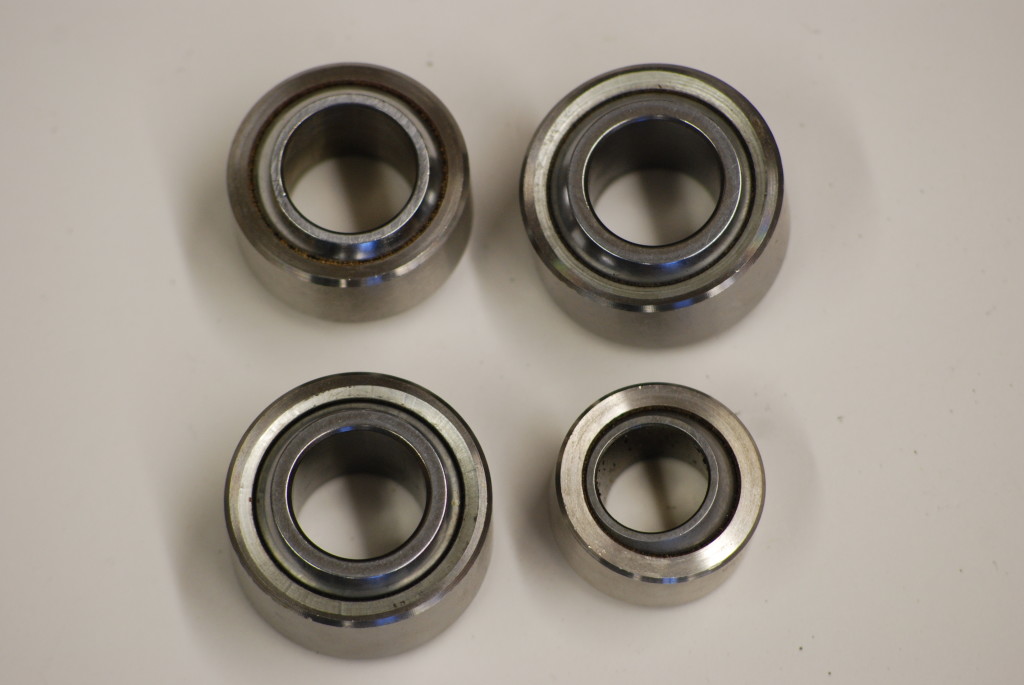


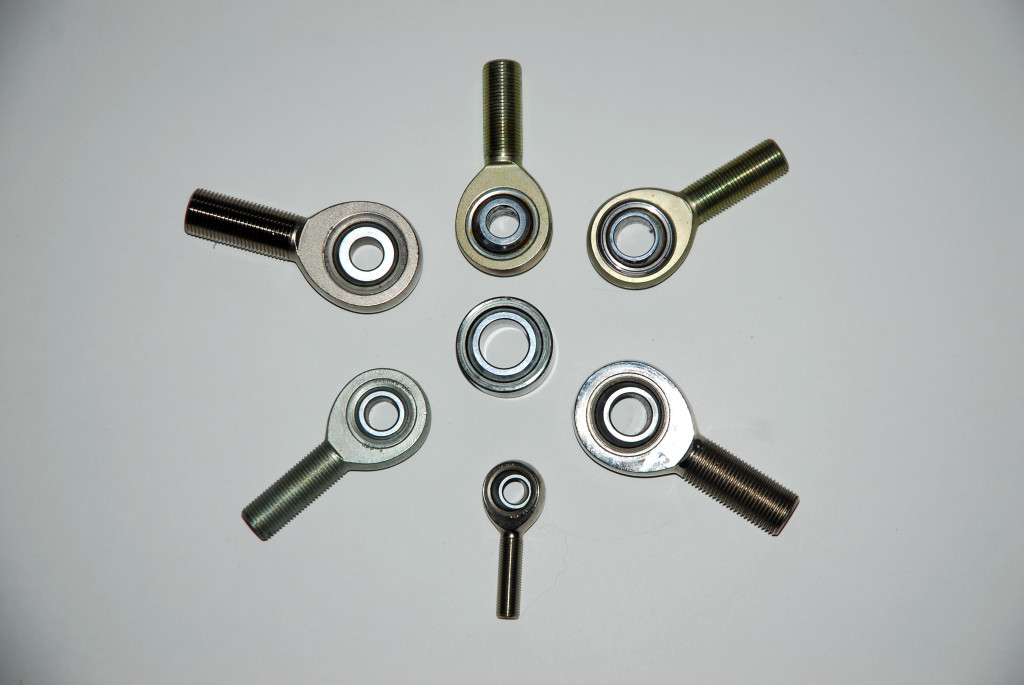
Leave a Reply